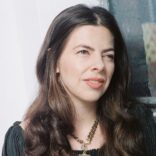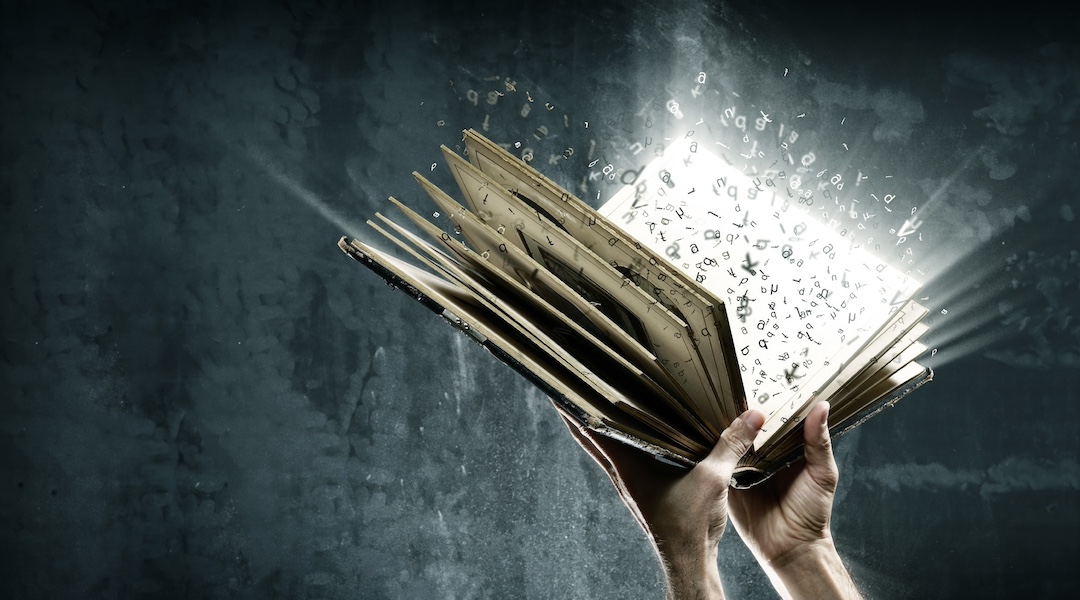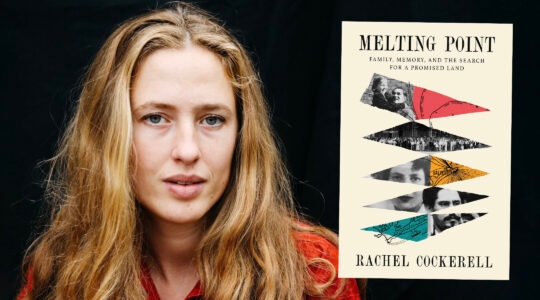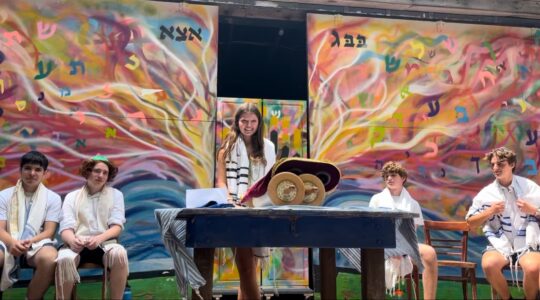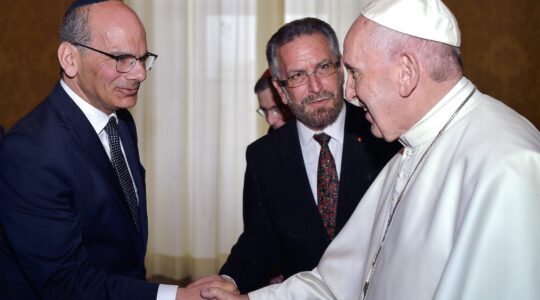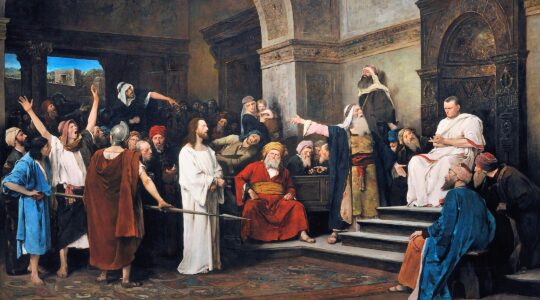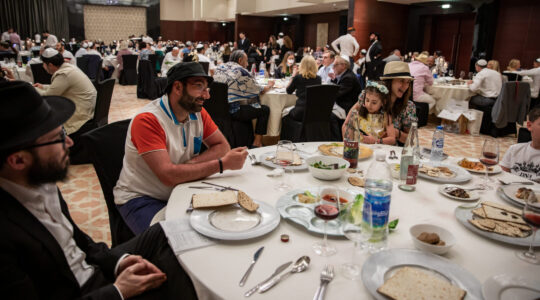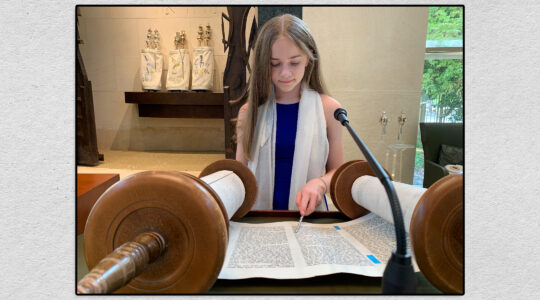This article initially appeared in My Jewish Learning’s Shabbat newsletter Recharge. To receive Recharge each week in your inbox, click here.
For many years, I’ve written on Jewish texts and spiritual practice. Creating a dialogue between ancient sources and contemporary life has been deeply important to me. But during the pandemic, I found myself writing a fantasy novel. I was poking around looking at old files on my computer and came to a piece of a story — just a beginning, really — that I liked. The story had four women as its main characters: a warrior librarian, a mystic who could speak to trees and books, an apothecary and a former concubine with magical skills, all living in an enchanted and dangerous archipelago.
Soon I was on a creative rollercoaster. Every night, I’d work on my story and let my characters tell me what had to happen next. I had a general sense of where I wanted the story to go, and a few plot points I knew I wanted to include, but there was a lot I didn’t know. Somehow, I found my way through by letting the characters do what seemed best to them. It was a time when my family and I weren’t leaving the apartment much — we were Zooming all day and on top of each other. I needed someplace to go, and in the world I was creating, I found that place. The process of creating something cheered me during a difficult time.
Over time, I noticed that while I was the one writing the story, somehow it didn’t always feel that way. Writing felt more like watching a stream find its path through a rocky landscape, slowly working its way toward where it needed to be. It felt exciting, even though technically I was inventing what was coming.
Rabbi Adina Allen writes about this feeling in her new book “The Place Of All Possibility,” describing it as indicative of our partnership with something larger. “When we create,” she writes, “we become a vessel through which creativity flows.” Allen calls the flow we feel when making something a collaboration with God, one in which we co-create something new rather than fully forming it ourselves. The “flow,” in this understanding, is not just an emotional experience, but an indication that we are using our creativity to tap into forces larger than ourselves. Similarly, the ancient mystical text Sefer Yetzirah (the Book of Creation) teaches that “all creation and all speech comes from a single Name”— that every new combination of elements or language is a unique way of meeting the sacred.
This tapped-in sense we discover when we create something may be what Jews over time have felt when they engage in midrash — the additive, creative interpretive process at the core of many Jewish readings of the Torah. Midrash is not only an investigative tool, but a spiritual practice of invention, what Avivah Gottlieb Zornberg called “a language of imaginative truth.” It is a kind of co-creation with the Torah. When an ancient midrashist looked at the story of the binding of Isaac and wondered where Isaac went after the story, or tried to imagine the reason Lot’s wife looked back when fleeing Sodom in the book of Genesis, they might find an answer — not exactly in the text, and not exactly in themselves, but somewhere in between.
The gaps in the text gave rise to something new — not something made up, but discovered. While some people understand midrash as truth and others understand it as a kind of sacred invention, those who originally created midrash likely understood it as both. What this means is that the elaborative stories that have shaped the Jewish vision of Torah have at their core a process that is partly inventive and partly responsive to the story as it exists.
When I teach midrash, I often try to find language for this ongoing collaboration between ancient words and the readers of those words, a cooperation that exists across time and is different for every reader and commentator. The midrashic process assumes that a reader, using their own imagination, can intuit something real, something holy, something that matters. Creating art may seem like a very different endeavor, and in many ways, it is. But it is also very similar. Everything we create weaves together elements of what is and what is beyond.
“The Moonstone Covenant” comes out from Ayin Press in November, and when I look back at the story I “created,” I discover that bits of sacred text pop out at me. In the novel, books are intertwined with trees in a way that recalls the Tree of Life mentioned in Proverbs. A friend has pointed out plot twists reminiscent of the Book of Esther. Polygamous characters’ marital troubles feel a bit like Jacob’s family in Genesis.
At the time I was writing, I promised myself I wouldn’t ask where particular elements came from, that I would just follow the flow. Now that I have leisure to look, I see that I was co-creating all along, drawing on elements from the ancestral past and the world beyond myself. I expect that is always true when we make something. If we are islands, we are islands in a river that connects us. We are always in dialogue with what is larger than us.
JTA has documented Jewish history in real-time for over a century. Keep our journalism strong by joining us in supporting independent, award-winning reporting.
